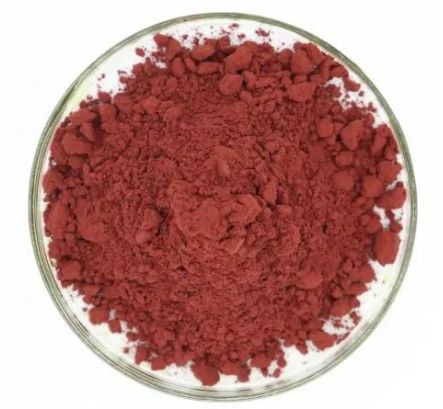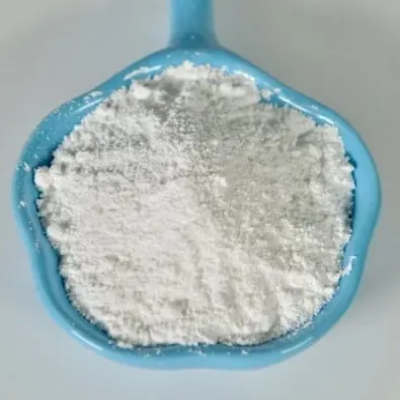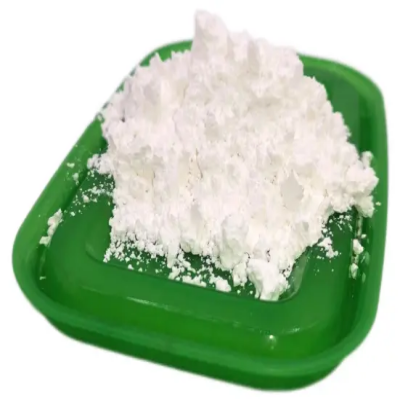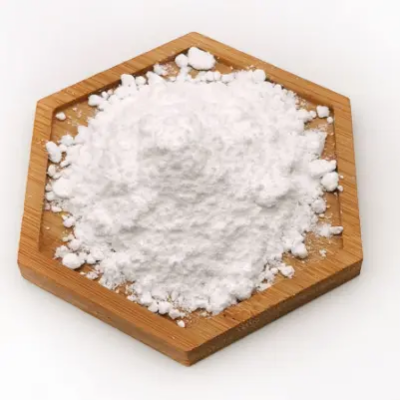Bis(5-oxo-L-prolinato-N1,O2)zinc CAS: 15454-75-8
Bis(5-oxo-L-prolinato-N1,O2)zinc is a fascinating coordination compound that combines the essential trace element zinc with 5-oxo-L-proline, a derivative of the amino acid L-proline. The structure features two 5-oxo-L-prolinato ligands coordinating to a central zinc ion through both nitrogen (N1) and oxygen (O2) donor atoms, which enhances the stability of the complex. This chelation not only improves the solubility of zinc but also allows for controlled release properties that can be advantageous in various applications. In biochemistry and pharmacology, this compound has garnered attention for its potential biological activities. Zinc is critical for numerous enzymatic processes and plays a vital role in immune function, wound healing, and protein synthesis. When coordinated with 5-oxo-L-proline, there is evidence suggesting that the bioavailability of zinc may be improved, making it more effective in therapeutic contexts. Studies indicate that this complex could potentially enhance the antioxidant capabilities of zinc, offering protective effects against oxidative stress. The structural characteristics of bis(5-oxo-L-prolinato-N1,O2)zinc also open doors for applications in materials science. The compound can be utilized as a precursor for synthesizing novel materials, such as metal-organic frameworks (MOFs) or other nanostructured systems. Its ability to form stable complexes makes it suitable for developing sensors, catalysts, or drug delivery systems, where precise control over the release of active ingredients is essential. Moreover, the molecular architecture of bis(5-oxo-L-prolinato-N1,O2)zinc lends itself to potential uses in agricultural chemistry. It may serve as a micronutrient source for plants, aiding in growth and improving crop yield by enhancing the availability of zinc, which is often deficient in soils. Environmental aspects are also relevant, as utilizing naturally derived ligands like 5-oxo-L-proline can lead to greener chemistry practices. Coordination compounds derived from amino acids can offer biodegradable alternatives to traditional metal salts used in various applications. In summary, bis(5-oxo-L-prolinato-N1,O2)zinc represents a versatile coordination compound with significant implications across biochemistry, pharmacology, materials science, and agriculture. Its unique structural and reactive properties highlight its promise for innovative applications, contributing to advancements in health, technology, and environmental sustainability. As research continues, further exploration of this compound’s potential could unveil new pathways for its utilization in diverse fields.



| Composition | C10H12N2O6Zn |
| Assay | 99% |
| Appearance | white powder |
| CAS No. | 15454-75-8 |
| Packing | Small and bulk |
| Shelf Life | 2 years |
| Storage | Store in cool and dry area |
| Certification | ISO. |









